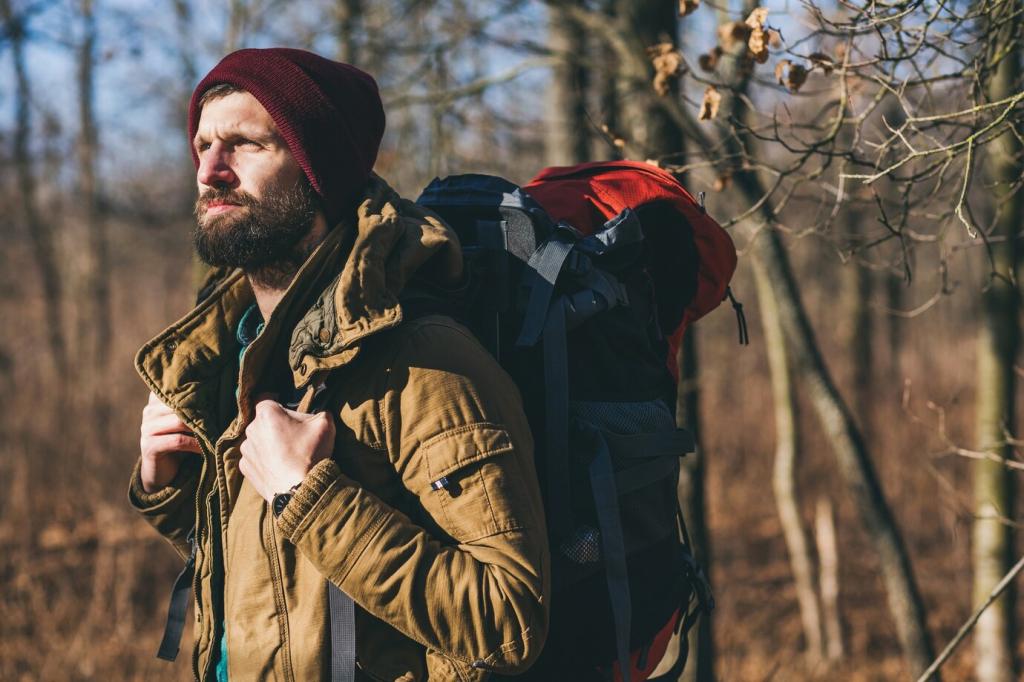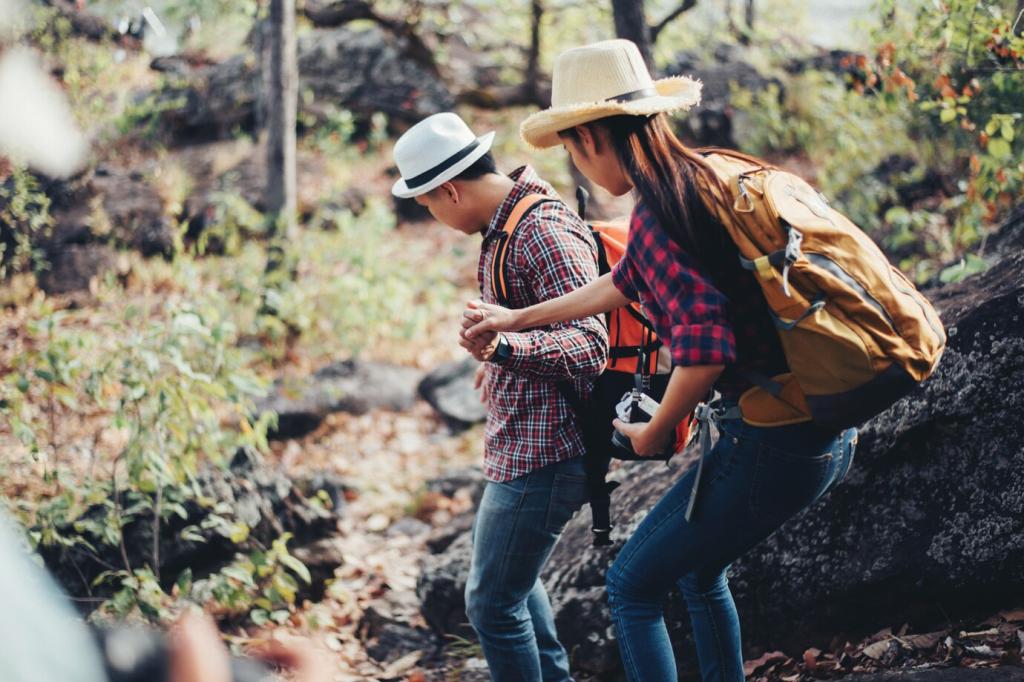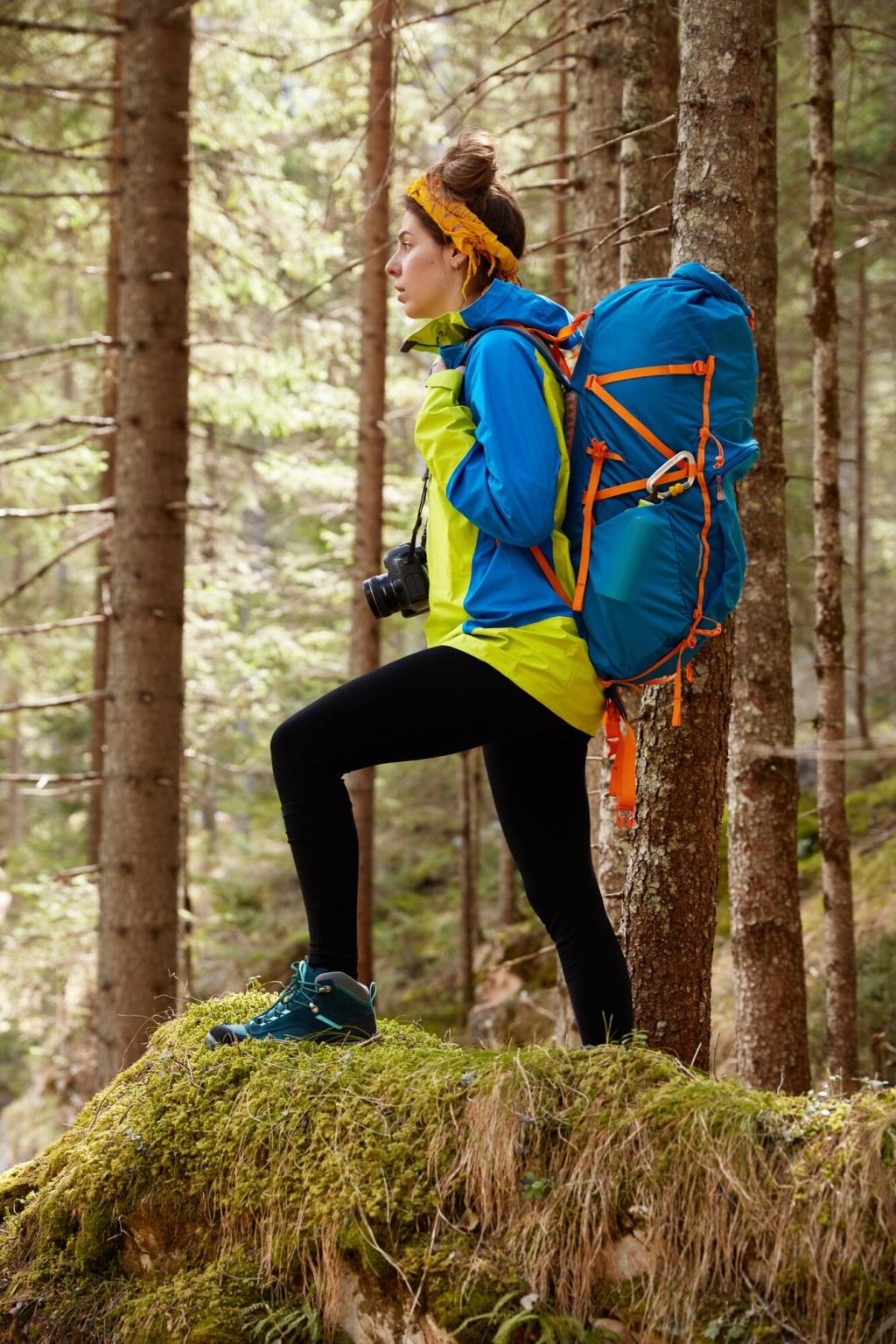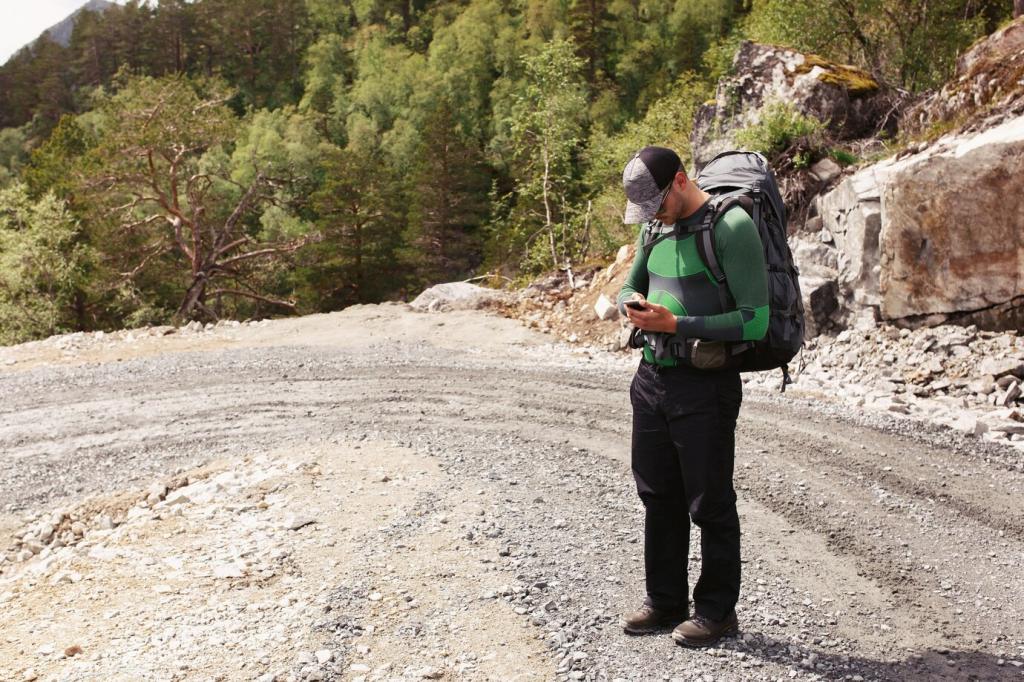Reading the Mountain’s Seasonal Blueprint
Snowlines creep, treelines thin, and freeze–thaw cycles migrate like tides. In spring the firm morning crust softens by noon; in fall, inverted layers keep gullies icy. Notice how aspect controls warmth: south faces shed snow early, while north faces hoard it. Share your home range’s seasonal boundaries below.
Reading the Mountain’s Seasonal Blueprint
Expect mud and blowdowns in spring, ball-bearing scree in summer, camouflaged roots in autumn, and snowed-in tread in winter. Wayfinding relies on more than blazes; it needs seasonal expectations. Keep a simple log of dates and conditions to forecast your next trip, and subscribe for our monthly terrain checklists.
Reading the Mountain’s Seasonal Blueprint
Cold air pools in valleys, while ridges shed moisture and catch wind. Bowls trap drifting snow, meadows thaw early, and canyon shadows freeze lingering seepage. Even a few meters of elevation can switch traction from trustworthy to treacherous. Tell us which microclimate quirks changed your plans this year.






